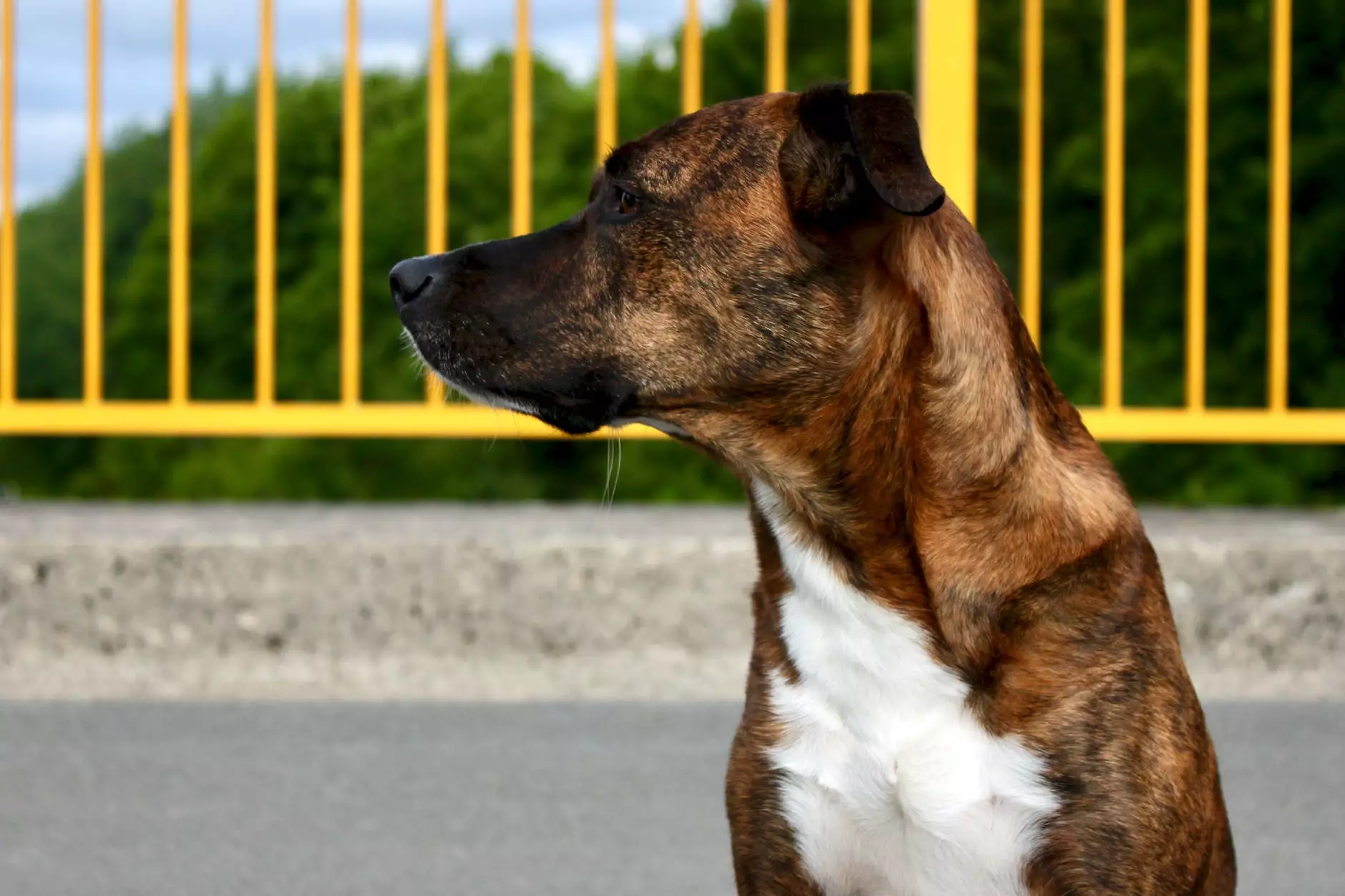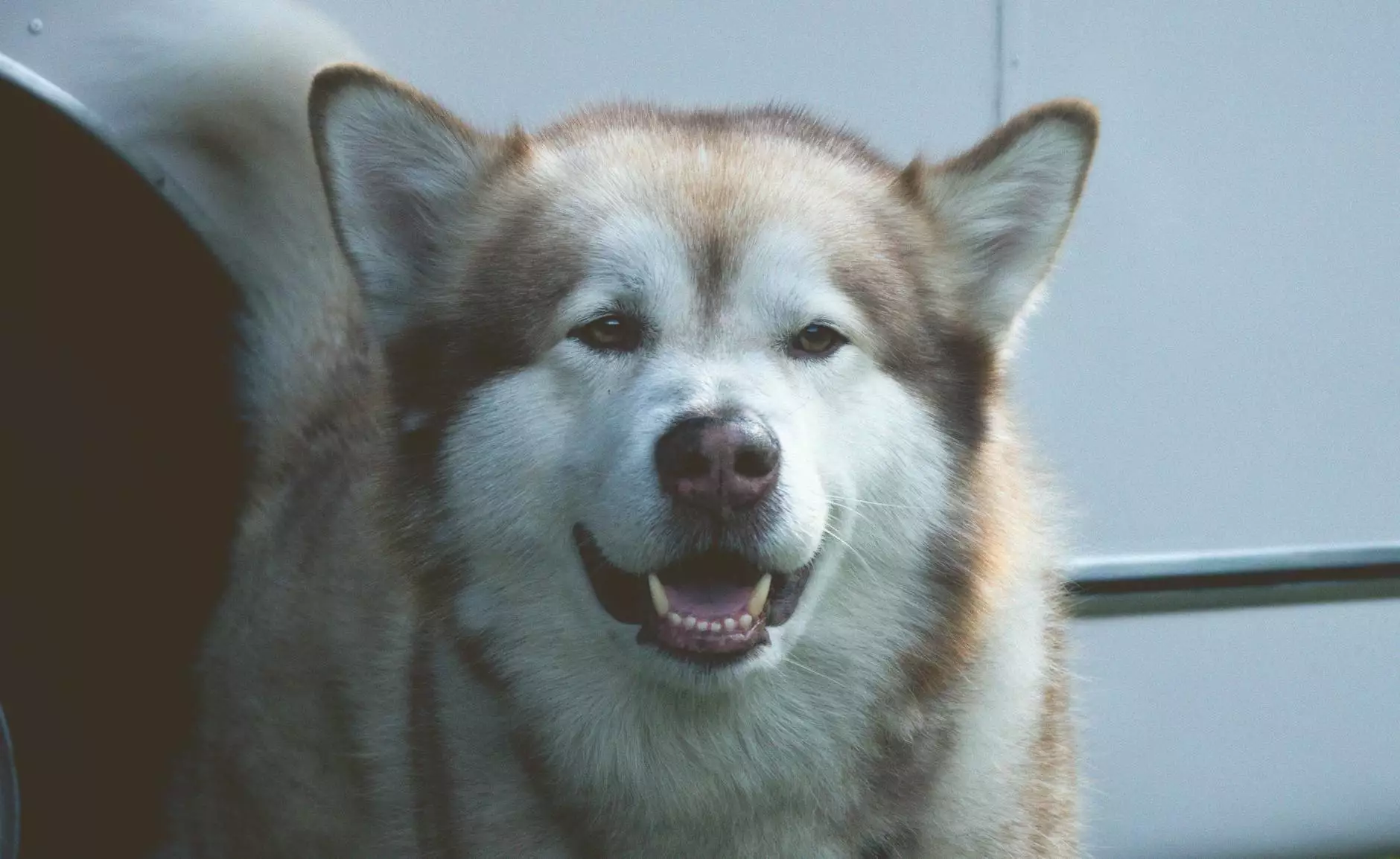How did wolves become dogs? Time, food, selective breeding
Blog
As humans, we have developed a deep bond with our canine companions. Dogs have become an integral part of our lives, providing companionship, protection, and support. But have you ever wondered how wolves, their wild ancestors, transitioned into the diverse and domesticated dog breeds we have today? In this article, we'll delve into the fascinating journey of how wolves became dogs, exploring the influence of time, food, and selective breeding.
The Journey Begins: Wolves and Human Interaction
The relationship between humans and wolves dates back thousands of years. Ancient humans likely encountered wolves in hunting or scavenging scenarios, leading to the realization that these creatures had valuable traits. While some wolves maintained their wild instincts, others displayed more favorable behaviors, such as tolerance towards humans and a willingness to adapt.
The Role of Time: Generations of Coexistence
Over time, humans started to develop a deeper understanding of wolves' behavior and social structures. This knowledge enabled early humans to observe, study, and learn from these remarkable animals. Throughout generations, mutual dependence and coexistence grew, paving the way for the gradual transformation of wolves into dogs.
The Influence of Food: A Tasty Tidbit of Evolution
Food played a crucial role in the evolution of wolves into dogs. Early humans began intentionally leaving scraps of food near their living areas, attracting curious wolves. Those wolves showing less aggression and more willingness to scavenge around humans were likely rewarded with better access to food. This provided an advantage, resulting in increased survival rates and the passing down of these beneficial traits to future generations.
Selective Breeding: Shaping the Canine Diversity
Selective breeding, a deliberate process of mating dogs with specific desirable traits, played a significant role in shaping the astonishing diversity seen among modern dog breeds. Early humans, recognizing the potential usefulness of certain dog characteristics, selectively bred dogs to emphasize traits such as loyalty, herding abilities, or hunting skills. This artificial selection gradually led to the emergence of distinct breeds, each with unique appearances, temperaments, and abilities.
The Wonders of Modern Dog Breeds
Today, we see a wide array of dog breeds, each with its own history and purpose. From large working dogs to small companion breeds, the evolution of wolves into dogs has given rise to a remarkable variety of canines. Whether it's a Golden Retriever fetching a ball, a German Shepherd assisting in law enforcement, or a Poodle winning hearts in a dog show, these domesticated dogs carry the legacy of their wolf ancestors.
Implications for Understanding Canines
The journey of how wolves became dogs is not only a fascinating tale, but it also holds significant implications for our understanding of canines. By exploring the transformation from wolves to dogs, we gain a deeper appreciation of the evolutionary and behavioral aspects that shape our beloved pets today. This knowledge enriches our ability to care for dogs, train them, and establish a stronger bond based on a broader understanding of their genetic heritage.
Conclusion
The transition from wolves to dogs is a captivating story driven by the passage of time, the influence of food, and the power of selective breeding. From ancient human-wolf interactions to the birth of modern dog breeds, this extraordinary transformation showcases the inherent connection between humans and canines. As we continue to cherish and cherish these amazing creatures, let us remember the remarkable journey that brought them into our lives.




